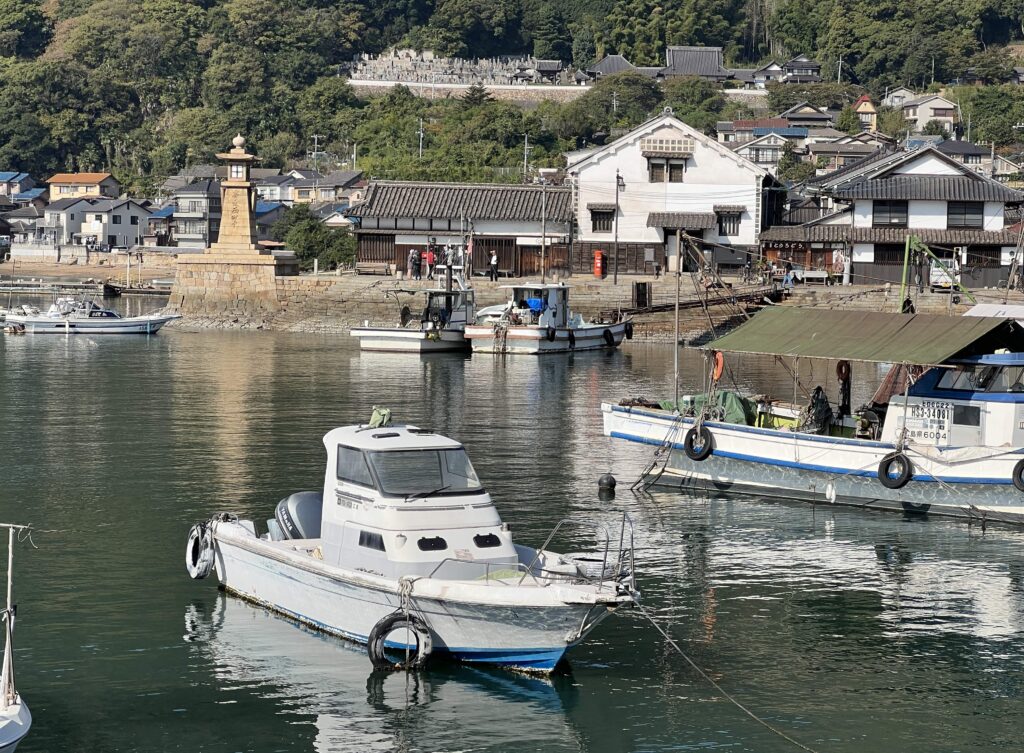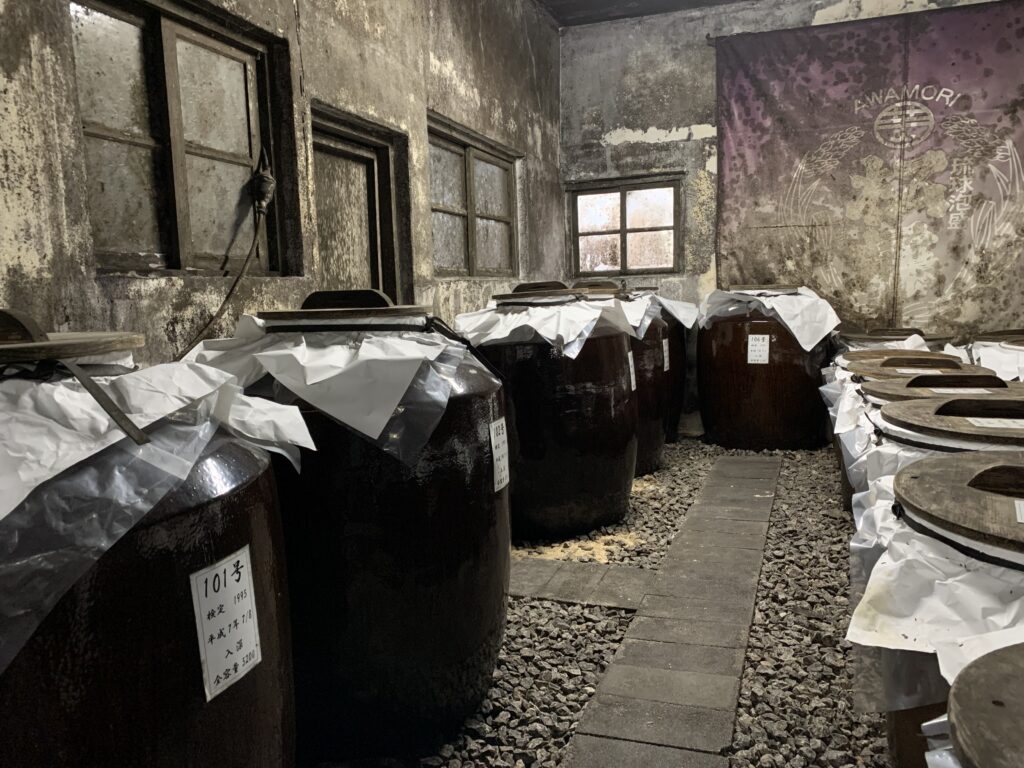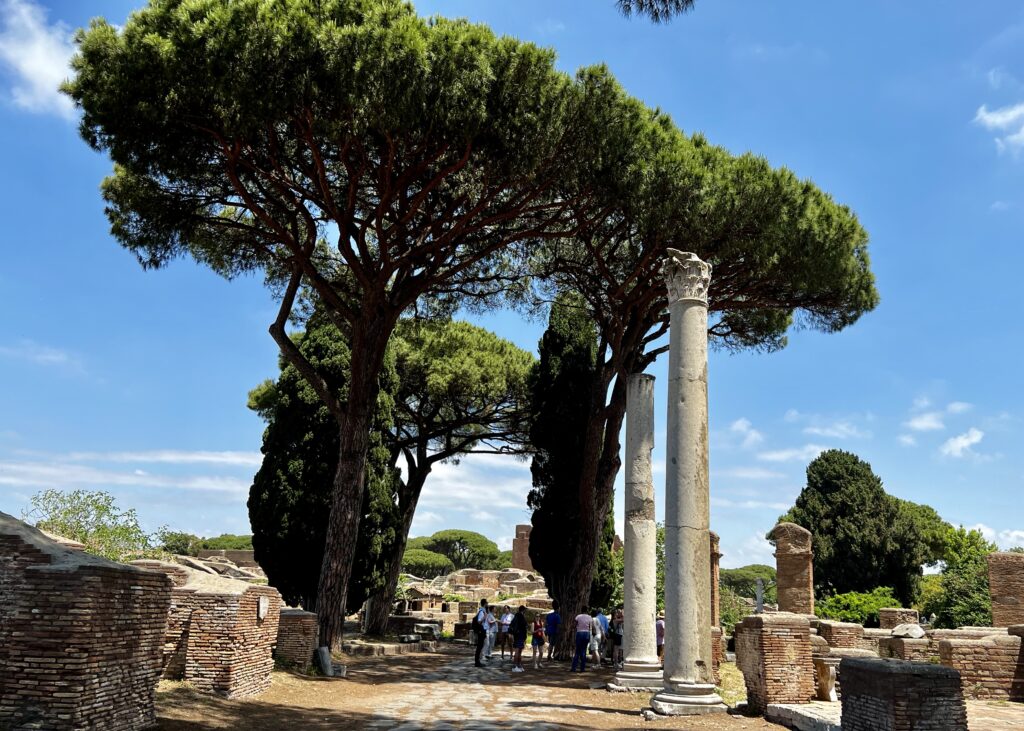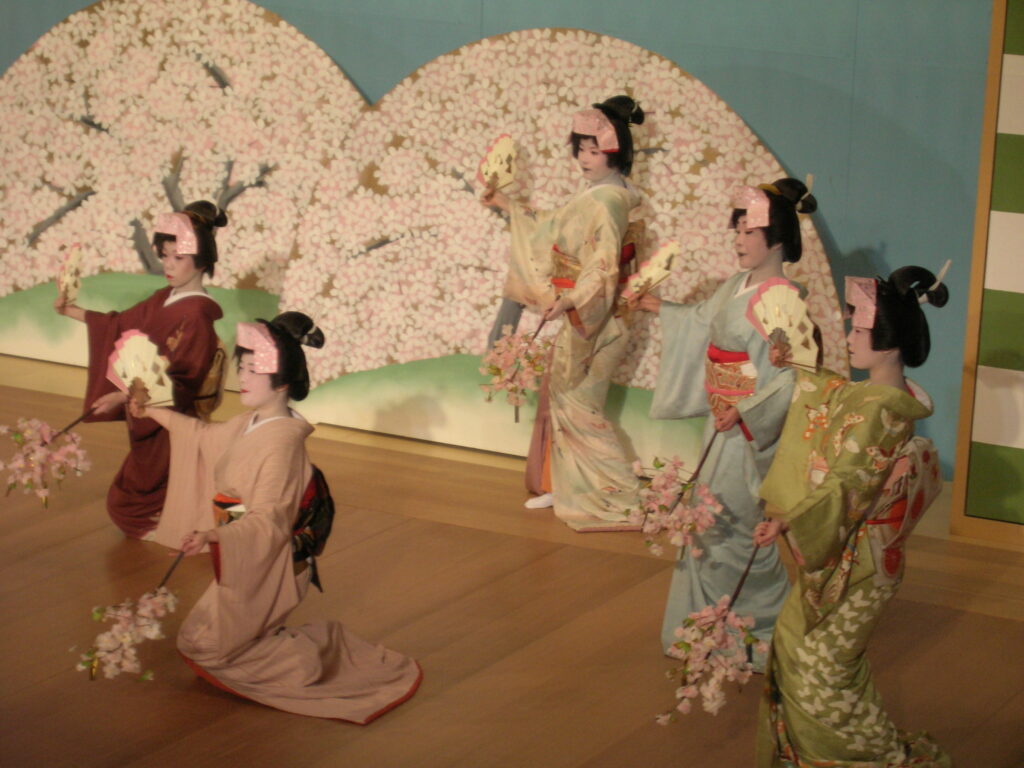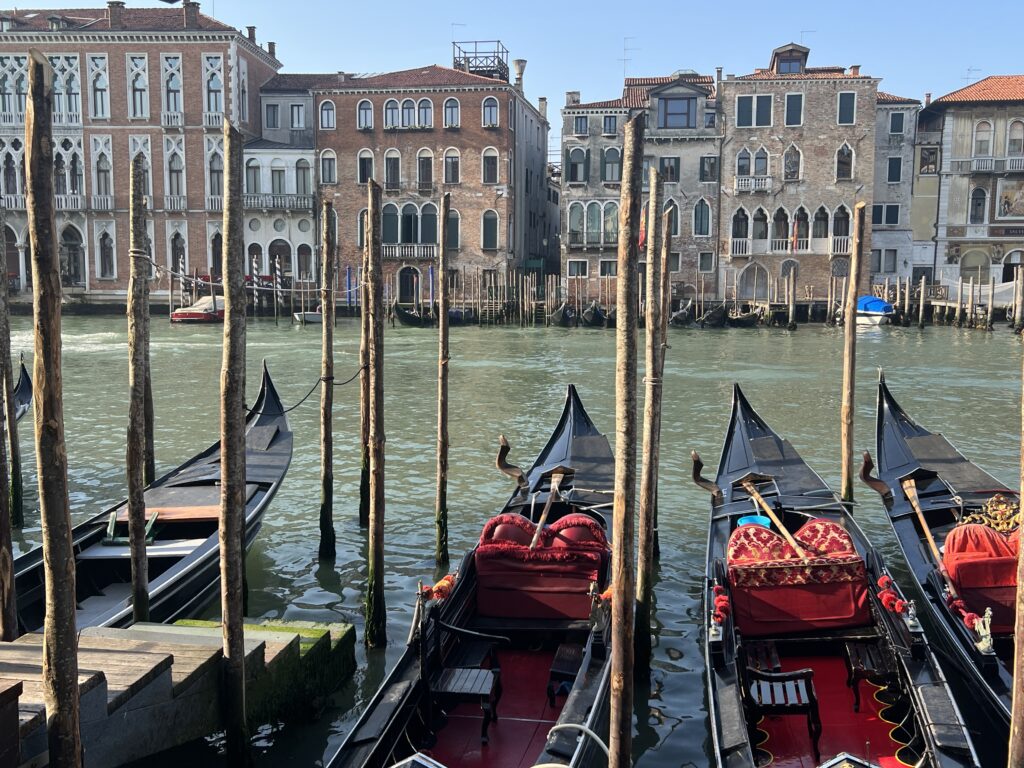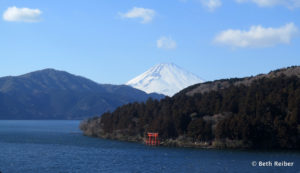The world of Japanese sake is so huge, that learning about the famous sake regions and their breweries would require more years of studious sampling than I have left on this planet. Luckily, there’s homeishu, a Japanese medicinal liquor that’s said to increase longevity. At the very least, it should help you feel good. I’m all in.
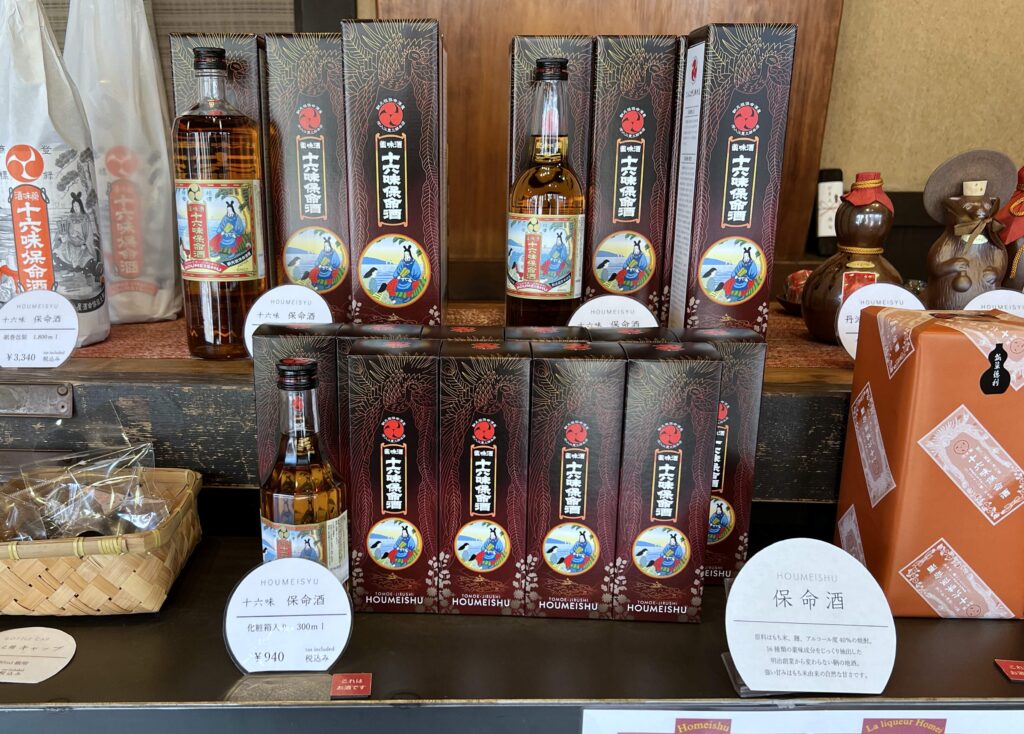
What’s homeishu
With a history stretching back 365 years, Homeishu is a medicinal liquor produced only in Tomonoura, a small coastal village in Hiroshima Prefecture. Its base is mirin, a rice wine produced from polished glutinous rice, koji (moldy rice), and shochu (Japanese distilled hard liquor). Mirin has a lower alcohol content than, say, sake, and has a natural sweetness that is often used in cooking.
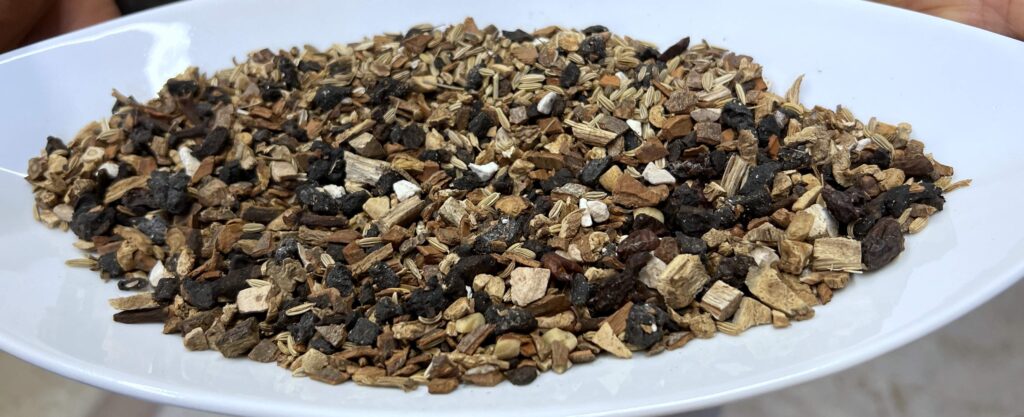
But mirin is only homeishu’s messenger–the message itself comes from the 16 herbs, plants and spices that are steeped in the mirin and give homeishu its special qualities and flavors. Imported from China and Indonesia, the plant-based additives include ginseng, licorice, saffron, clove, apricot seed, fennel, and cinnamon, as well as things I’ve never heard of, like lycium chinense (thought to enrich the liver and kidneys and helpful, perhaps, for consuming more sake), epimedium sagittatum (also called horny goat weed; use your imagination), and paeonia lactiflora pall (said to alleviate pain and act as an antioxidant).
Homeishu’s low-tech production has changed little over the centuries. The 16 herbs are placed into small cotton bags and then steeped in a vat of mirin. How long they steep varies. I learned at one of the homeishu companies, Okamoto Kametaro Honten (see below), that they steep their concoction from 30 days in summer to 80 days in the cold, winter months.
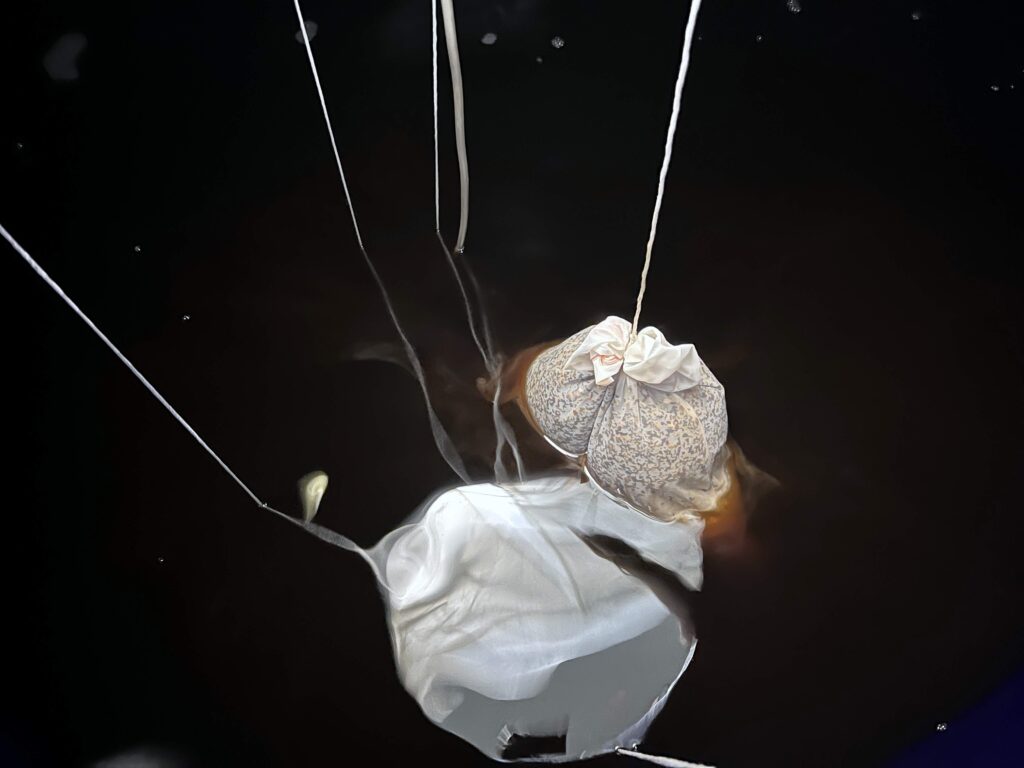
The result is a sweet, nutritious drink, with a reputation as a cure-all. It’s said to be good for circulation, useful if you have habitually cold fingers and toes. Some people think it helps you sleep, because you don’t have to make as many trips to the bathroom. It’s considered a body cleanse from the inside. Some people swear it prolongs your life. I learned at the Tomonoura Museum of History and Folklore that Sanyo Rai (1780–1832), a Confucian philosopher, historian, and writer, drank homeishu throughout his life, up until his last day at age 52 when he died of tuberculosis. You can draw your own conclusions.
History of homeishu
From approximately 1633, when the shogun closed all Japanese ports to trade, until 1853, when US naval officer Commodore Perry sailed to Japan to secure America trading rights, Japan was in virtual lockdown. Almost total isolation meant that Japanese were forbidden to leave the country, and most foreigners weren’t allowed to enter. The window to the world was Nagasaki, where trade was restricted to a colony of tightly controlled Chinese merchants and to Dutch traders confined to a small man-made island called Dejima. That window was all Nakamura Kichibei needed.
In 1656, Nakamura, the son of a doctor of Chinese herbal medicine, petitioned the local feudal lord ensconced in Fukuyama Castle for the right to produce an elixir made with secret ingredients. Because Tomonoura is located on the coast of the Seto Inland Sea, Nakamura was able to sail easily by boat to Nagasaki to purchase his Chinese medicinal herbs.
In 1685, Nakamura had perfected his drink enough to offer it as a gift to the Fukuyama feudal lord. In 1710, the Nakamura clan was granted a monopoly as the sole producer and purveyor of homeishu. Sold at a high price, it was marketed as a domain specialty of Fukuyama valued for its medicinal value.
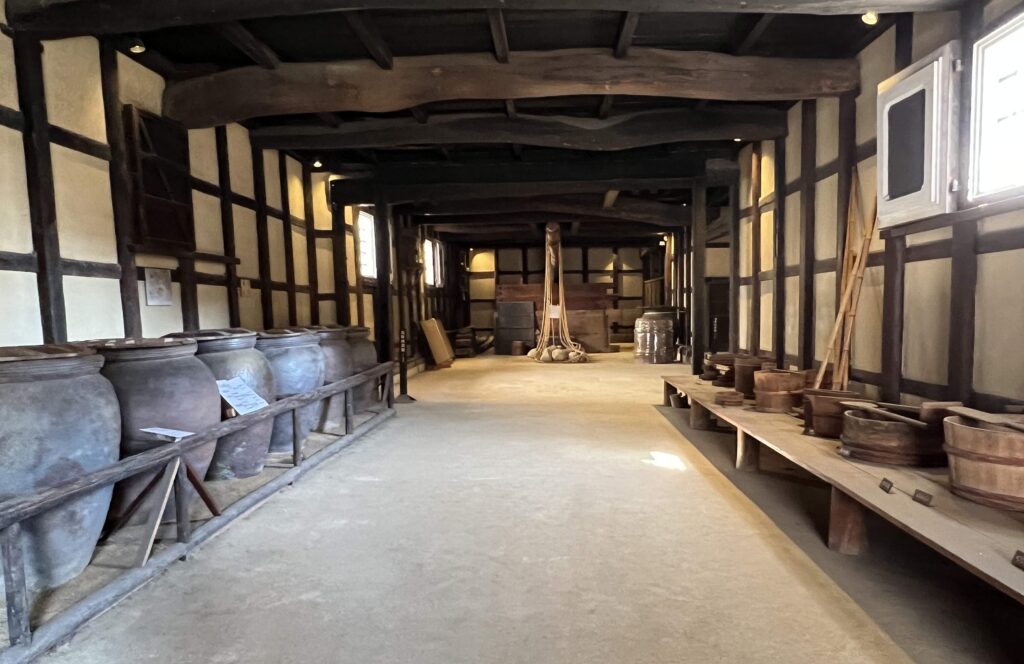
Because of Tomonoura’s blessed location, on a peninsula where currents converge flowing in from both the east and west, the Nakamuras supplied homeishu to feudal lords and wealthy merchants up and down Japan. Famous potteries were chosen to craft special bottles, including ones with colored pictures on them that are now collectors’ items and are on display at homeishu shops. Discarded containers of homeishu were even discovered in the Iwami Silver Mine, now a World Heritage Site, proof that common people also prized homeishu as a source of energy.
The Nakamura clan maintained its homeishu monopoly throughout the Edo Period (1603-1868). In fact, homeishu was the biggest driver in Tomonoura’s economy, meaning, of course, that the Nakamuras were one of the wealthiest families in town. Homeishu was even served to Commodore Perry, who ironically signaled the eventual demise of the shogun and the termination of Nakamura’s monopoly. That, however, allowed others to get in on the homeishu act.
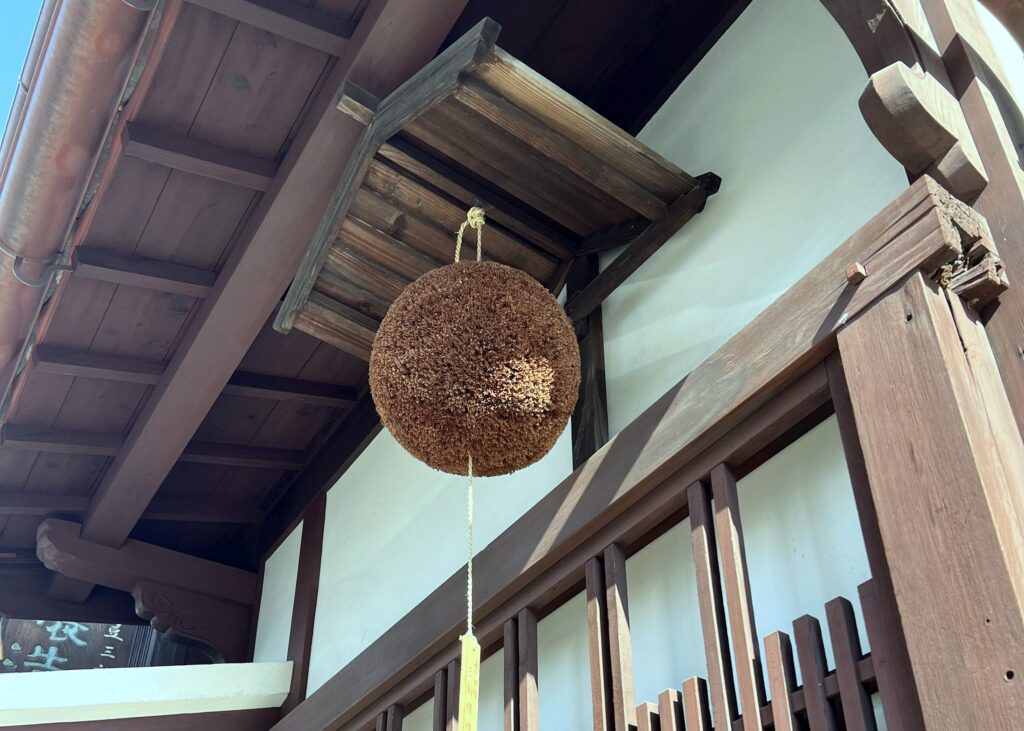
Homeishu today
Four breweries today produce homeishu, all in Tomonoura. Because the Nakamura’s never revealed their secret recipe, the taste of the medicinal liquor varies by company, meaning, of course, that you really should visit each one.
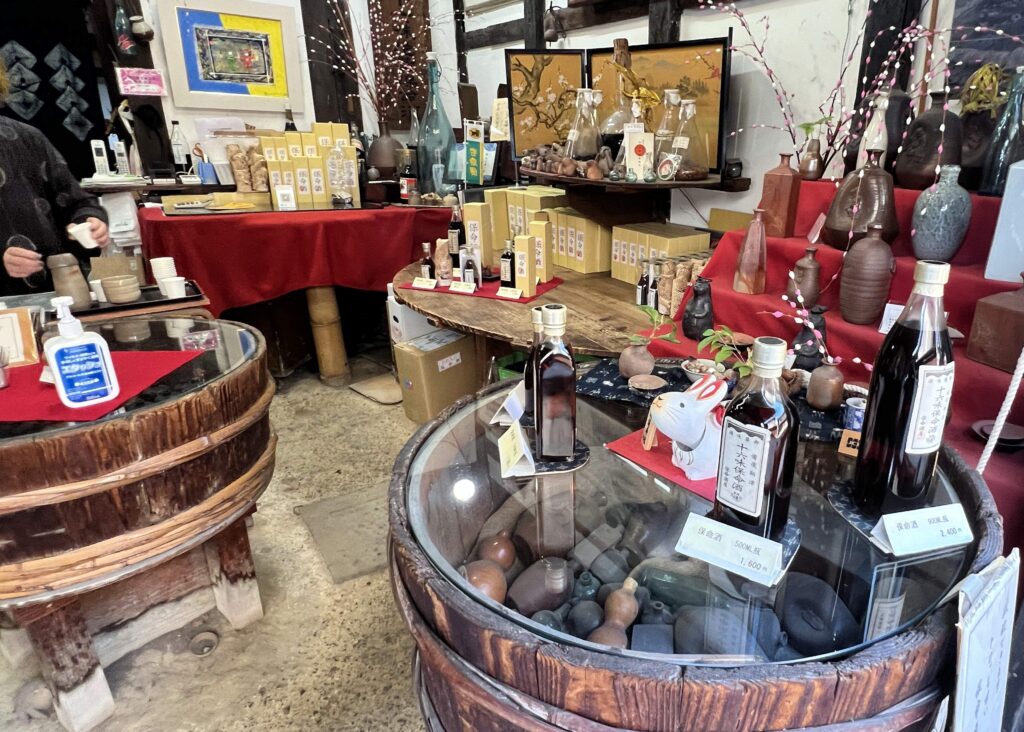
One of the oldest homeishu manufacturers is Okamoto Kametaro Honten, which obtained a sake brewery license in 1855. After acquiring Nakamura’s old dragon sign and brewing equipment, however, the Okamotos switched to homeishu during the Meiji Period (1868-1912).
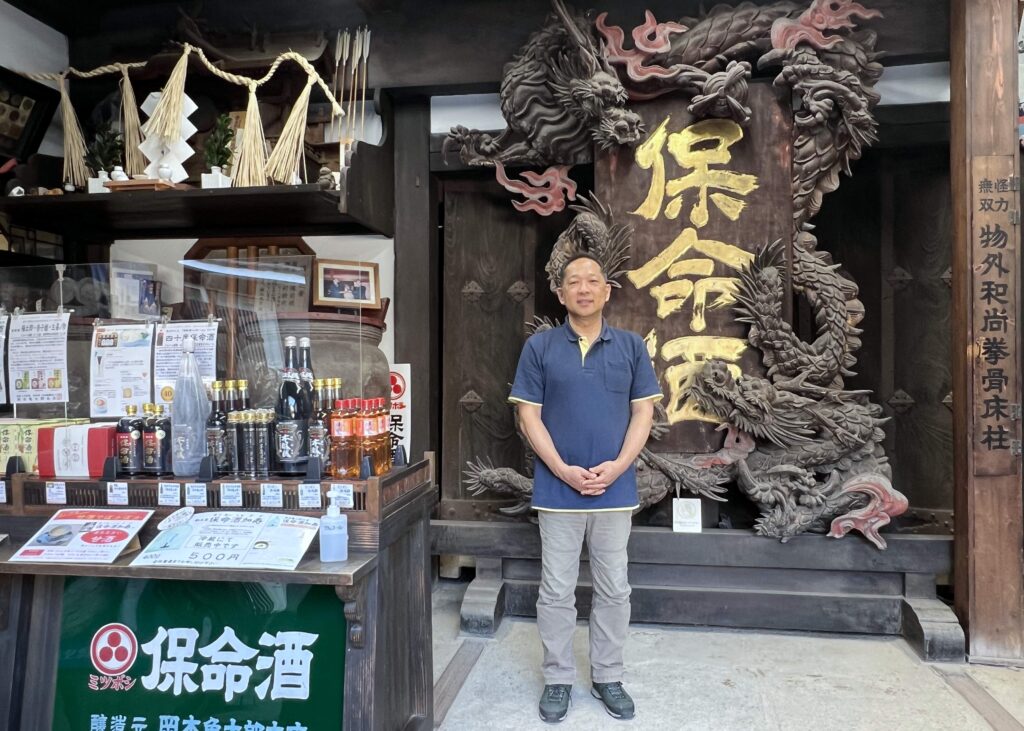
I signed up for a tour of Okamoto Kametaro Honten, led by sixth-generation brewer Ryochi Okamoto. In addition to its impressive dragon sign, what makes this place especially noteworthy is that also produces its own mirin, one of only three mirin producers in Hiroshima Prefecture. According to Okamoto, mirin is one of the most important components of homeishu, due to its 18 amino acids and rich umami taste. Its sweetness, combined with osmotic pressure, help draw out the essential elements of the 16 spices.
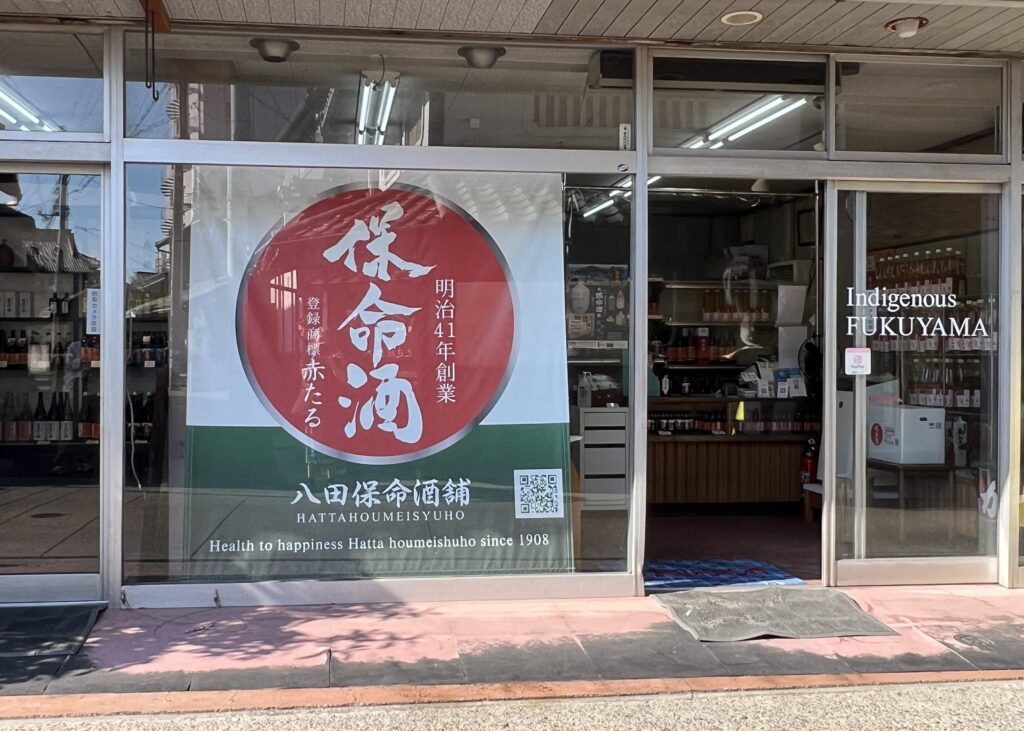
Although production of homeishu may not have changed much over the centuries, use of the beverage has evolved to accommodate modern tastes. In its purest form, homeishu can be enjoyed straight, on the rocks, mixed with soda, in cocktails, drizzled over ice cream or used as a cooking wine. Okamoto also produces homeishu with the flavors of plum, apricot or ginger. The other three companies also offer various takes on homeishu.
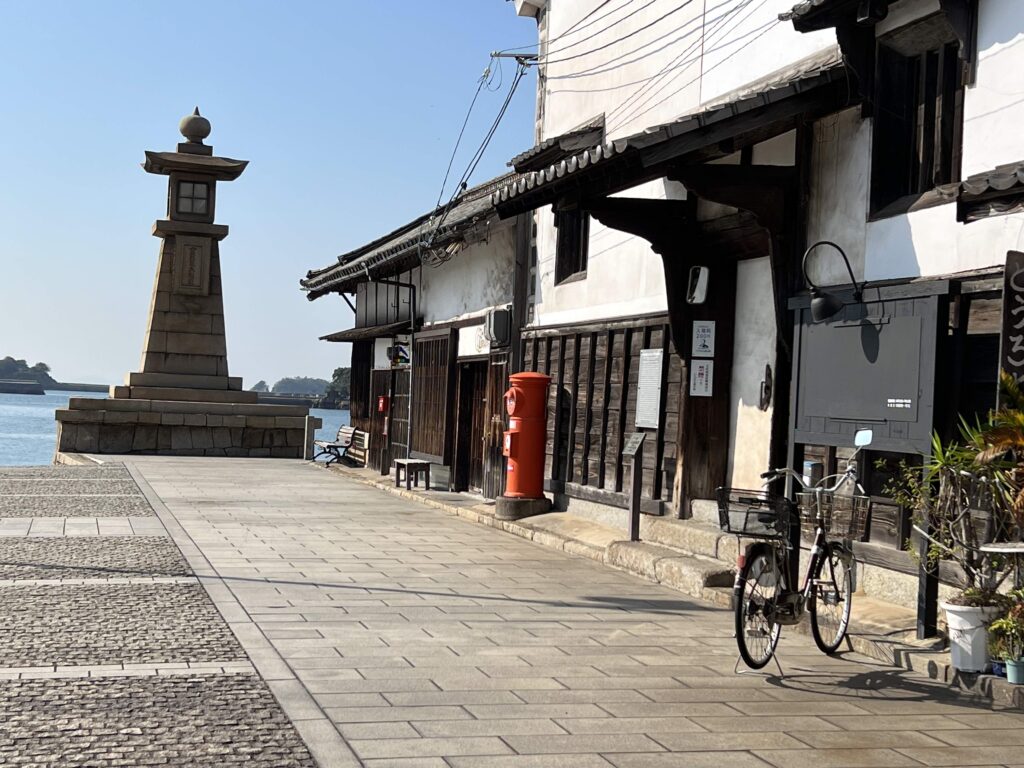
Although the opportunity to try homeishu might be reason enough to visit Tomonoura, it’s the village itself that makes this a great destination. Far from the crowds of Kyoto and Tokyo but easily accessible by Shinkansen bullet train and then bus, Tomonoura has an astounding 280 buildings dating from the Edo Period and an endearing retro atmosphere. There’s even a nearby Buddhist temple, Shinshoji, where you can rejuvenate your soul.
For information on Tomonoura, including what to see and do, read my article Tomonoura: A historic coastal village away from the crowds in Japan, published on CNN.com.
